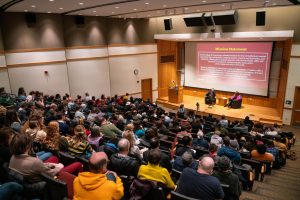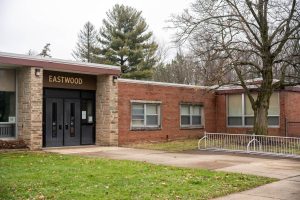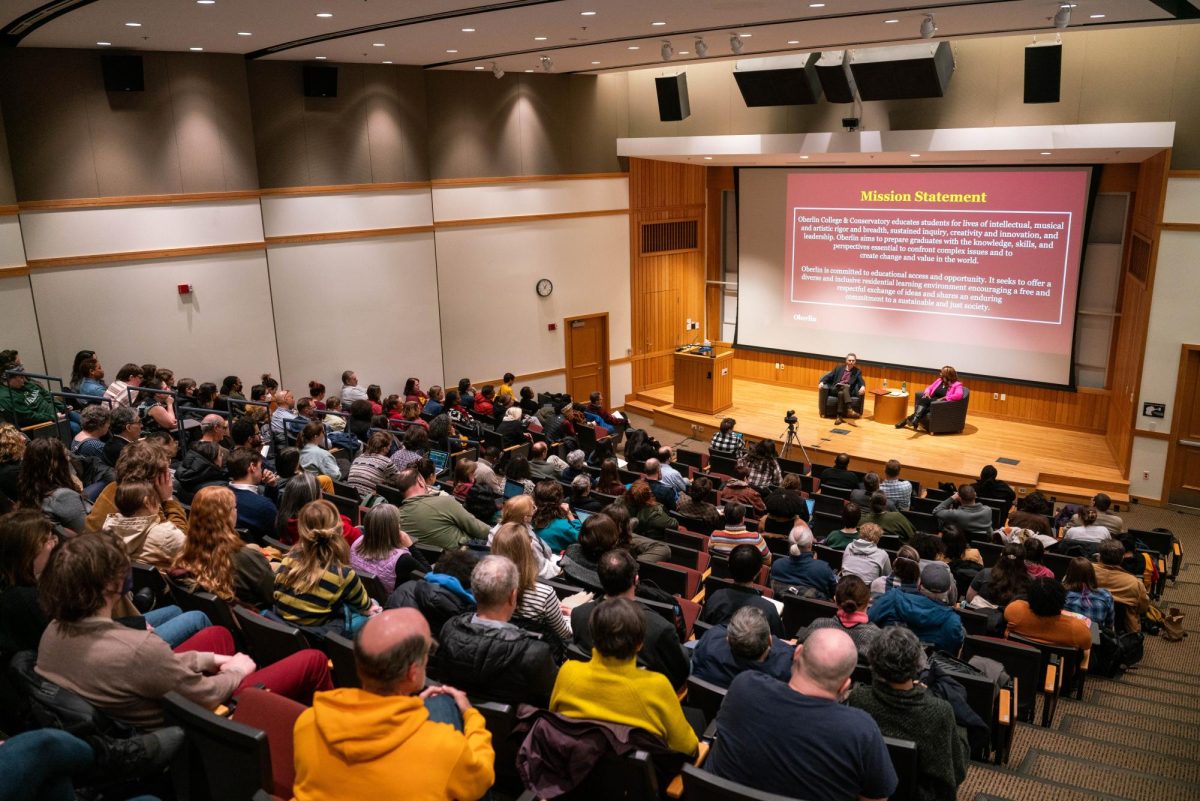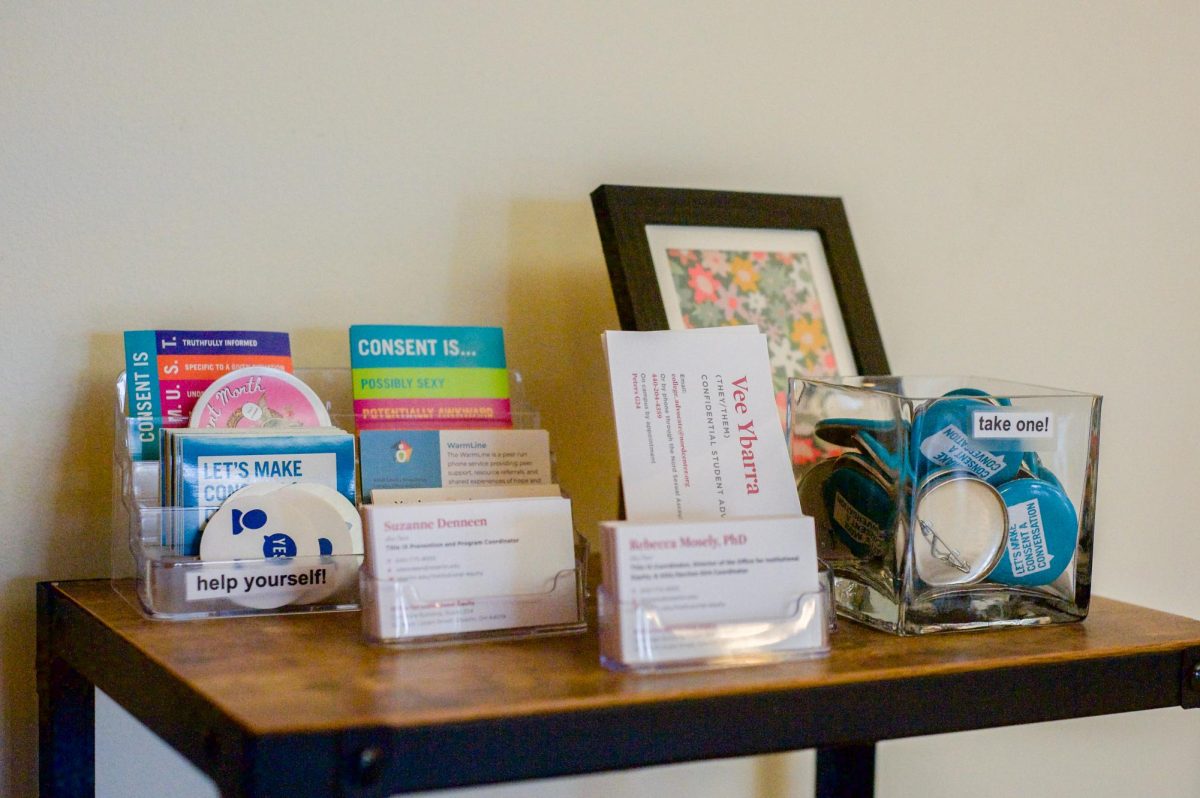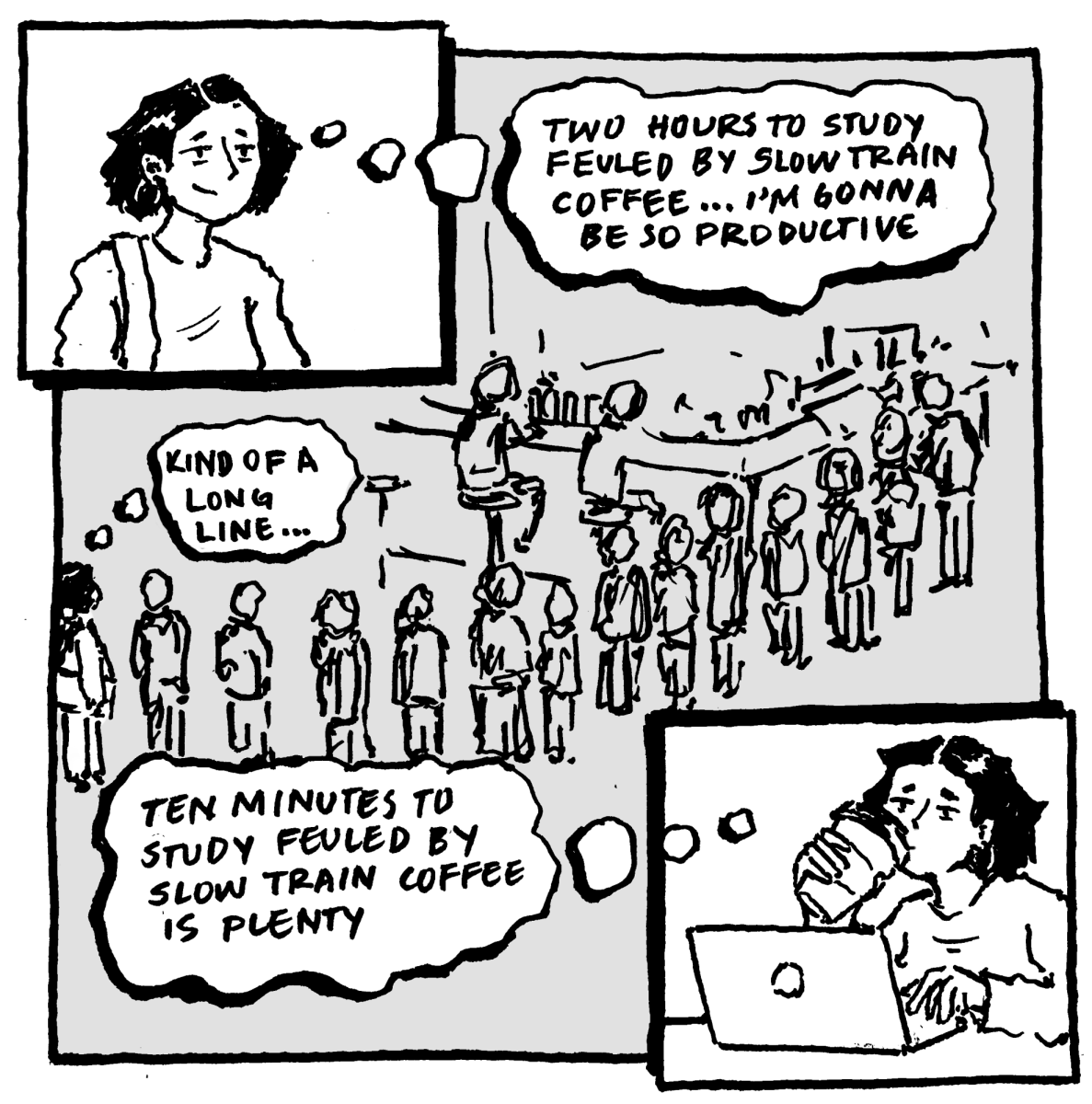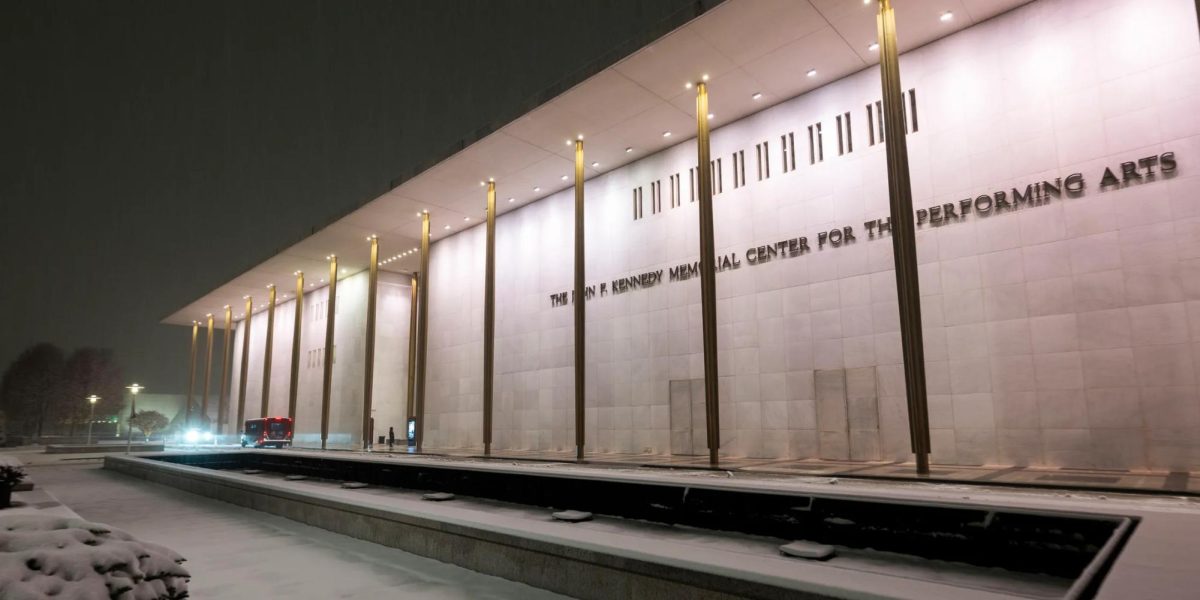Student Senate Discusses Plans for Community in 2025
April 15, 2011
On Monday, Student Senate met with Cheri Ryan and Lizette Torres of the Public Services Institute to discuss the city of Oberlin’s 2025 Strategic Plan, which is made up of the city’s ideas for improvements for matters ranging from energy efficiency to storm water management. Ryan and Torres, Field Coordinator and Administrative Associate for PSI, respectively, asked the students their opinions about the positive aspects of Oberlin, the aspects that could be improved upon and, overall, what the students hoped Oberlin would be like in the next 10 to 15 years.
This workshop is part of an ongoing effort, which began in late March, to ensure that the city, its residents and its businesses are set for the future. In an effort to involve the community in the shaping of these plans, Oberlin City administrators and Oberlin City Council have hired PSI of Lorain County Community College as well as Management Assistance for Non-Profit Agencies to aid in the process of gathering the opinions of various groups in Oberlin. Torres and Ryan have already met students from the Oberlin High School, employees and residents of Oberlin and business owners. These workshops will continue into May.
“We will start to see things coming out about what different groups are saying in the Oberlin community and use that to shape the future of the Oberlin community,” said Ryan on Monday.
Keeping with the character of Oberlin, PSI and MANA are encouraging “dialogue, which naturally occurs in places like the family dinner table, over backyard fences, in local barber shops or salons, at bowling alleys, and places of work,” explained Ryan.
According to the Community Conversation Guide handed out at each workshop, this effort will cost upwards of $50,000 to $75,000; the hiring of PSI and MANA alone costs $21,855.
During the workshop, students cited the many resources and services of downtown as positive factors that should continue to be built upon, in particular the Oberlin Public Library, the Bridge, various social services programs, non-profit organizations and youth programs. The character of the city was also very important, and various students mentioned the “small-town feel” of Oberlin, the tight-knit community and dedication to the town’s heritage as qualities that make Oberlin distinct from other towns. Students were also enthusiastic about the use of products from local farms in restaurants such as Black River and Agave, the Oberlin Student Cooperative Association, and the town’s dedication to keeping many of the businesses small and locally-owned.
In discussing what the students hoped could be improved in the next 10 to 15 years, students cited the lack of public transportation as a major issue, with College sophomore Eliana Golding suggesting that public transportation throughout Lorain County could help residents attending LCCC or working outside of town, but also bring in youth from other towns in the summer, when Oberlin hosts many productions.
Golding also suggested that Oberlin adopt more energy-efficient methods of heating and lighting in town, because “we pay for that not only in the broader sense of carbon emissions, but we pay for that in our bills.”
Many students agreed that there should be a youth center in town, and Conservatory junior Rebecca Hargrove and College junior Matthew Harris questioned the appropriateness of Oberlin’s high school students attending College parties, which are not always safe and where there is usually alcohol. Both suggested the opening of a YMCA or a Boys and Girls Club. Hargrove noted that “there are a lot of skaters in town, so maybe Oberlin could have a skate park. The kids need somewhere to go.”
College sophomore and Student Senate liaison Ilyssa Meyer hoped that “these [changes] would pay off in the long run if kids who had a community center … gave back.”
When Ryan asked about the challenges the city would face, many students believed the main obstacle would be inflexibility on the part of both Oberlin residents and College students.
College sophomore Gracy Amber advised, “Make sure the community is on board, because [College students] are only here for four years.” According to Meyer, “I think a lot of Oberlin College students don’t see themselves as Oberlin community members. We don’t care.”
At the end, Torres felt the discussion had gone well, stating, “Compared to some of the conversations we’ve already had, there were a lot of ideas generated. It was great to see all the students so open.”



